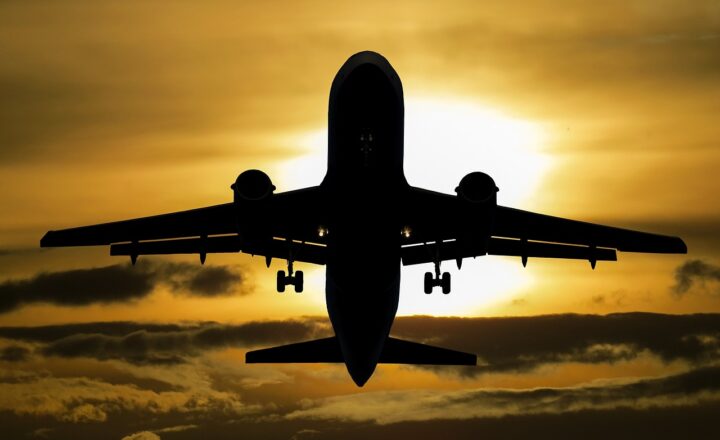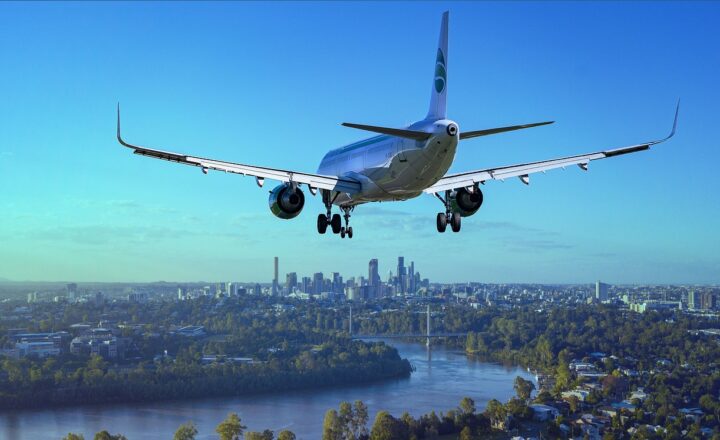The Evolution of Air Travel: From Biplanes to Space Tourism
November 18, 2024

Air travel has transformed remarkably since the Wright brothers soared into the sky with their biplane in 1903. Today, air travel is not only a crucial component of global transportation but is also on the verge of entering a new era with the advent of space tourism. Although it spans over a century, this history can be understood in multiple phases, each marked by key innovations that have reshaped how we engage with air travel.
1. The Birth of Aviation: Early Years and Innovations
The pursuit of human flight can be traced back to ancient times, but it wasn’t until the 20th century that aviation technology began to take flight. Following the Wright brothers’ initial successes in 1903, aviation technology evolved rapidly, fueled by both wars and the increasing need for commercial transportation.
– First Successful Flight (1903): At Kitty Hawk, North Carolina, the Wright brothers made the first powered flight with their Wright Flyer.
– Commercial Opportunities (1910s): By the 1910s, commercial aviation started gaining traction with services like airmail delivery helping to fund and expand air travel.
– World War I (1914-1918): The war propelled aviation technology forward as military aircraft became more advanced; the lessons learned were later applied to civil aviation.
The interwar period saw the introduction of passenger aircraft, enabling airlines to emerge. Companies such as KLM and Pan American Airlines began operating scheduled passenger services, outfitting planes with the comforts needed for the flying public.
2. The Golden Age of Aviation (1920s-1940s)
The 1920s through the 1940s is often referred to as the Golden Age of Aviation. This era was marked by several developments that improved air travel:
– Technological Advancements: The introduction of metal aircraft in the late 1920s and 1930s provided robustness and better aerodynamics. Aircraft like the Douglas DC-3 revolutionized commercial flight.
– Flying Boats: Iconic flying boats such as the Boeing 314 offered luxurious travel across oceans, connecting countries and continents.
– Air Travel as Leisure: With improved aircraft, air travel became more accessible, leading to the rise of leisure travel, influencing the tourism industry profoundly.
Innovative marketing strategies from airlines and a growing middle class eager for travel played significant roles in solidifying commercial aviation’s place in society.
3. Jet Age and Mass Air Travel (1950s-1970s)
The jet age started in the 1950s and introduced a rapid expansion of air travel worldwide. The introduction of jet engines reshaped commercial aviation:
– Boeing 707 Launch (1958): The introduction of the Boeing 707 made transcontinental flights faster and more efficient, ushering in the era of mass air travel.
– Affordability: As airlines introduced competitive pricing and a variety of routes, air travel became affordable for the average person, resulting in significant increases in passenger numbers.
– International Expansion: Deregulation, particularly in the 1970s, allowed more airlines to enter the market, increasing competition and choices for consumers.
With this transformation, flying shifted from a luxury reserved for the wealthy to an everyday mode of transportation for millions of people.
4. The Age of Technology and Customer Experience (1980s-Present)
Since the late 20th century, advancements in technology and evolving customer expectations have dramatically influenced air travel:
– Technological Innovations: The introduction of advanced navigation systems, in-flight entertainment, and internet connectivity has reshaped the flying experience. Airlines began implementing mobile apps, allowing passengers to book tickets, check in, and access boarding passes on their devices.
– Low-Cost Carriers (LCCs): The rise of low-cost airlines has changed travel patterns, making it easier for budget-conscious travelers to fly without sacrificing too much comfort.
– Environmental Considerations: More recently, airlines are increasingly focused on sustainability, introducing eco-friendly initiatives such as carbon offset programs and utilizing fuel-efficient aircraft to mitigate their environmental impact.
Airline loyalty programs and personalized customer experiences have become essential in attracting and retaining customers in an increasingly competitive market.
5. The Dawn of Space Tourism: Beyond the Atmosphere
As we move forward, the concept of air travel is evolving beyond Earth’s atmosphere. Companies like SpaceX, Blue Origin, and Virgin Galactic are pioneering space tourism:
– Suborbital Flights: Blue Origin’s New Shepard and Virgin Galactic’s SpaceShipTwo are designed for brief flights into space, allowing civilians to experience weightlessness and stunning views of Earth.
– Commercial Space Stations: Future plans include commercial space stations for tourists and scientific research, with possibilities of extended stays for travelers.
– Interplanetary Travel: While at the conceptual phase, companies are already working on the technology that could one day make travel to Mars a reality.
This evolution represents not just a continuation of humanity’s quest for exploration but also the potential for significant impacts on tourism, science, and technology.
Conclusion: A Journey of Transformation
From the humble beginnings of powered flight to the promising horizons of space tourism, the evolution of air travel is a compelling narrative filled with innovation, ambition, and transformation. As technologies continue to advance and societal expectations evolve, the future of air travel promises to be as thrilling as its storied past. Understanding this journey not only enriches our appreciation of modern air travel but also prepares us for the incredible possibilities that lay ahead in the coming decades.
Whether for work, leisure, or exploration, air travel remains a potent testament to human ingenuity and our relentless drive to reach new heights in the skies and beyond.







